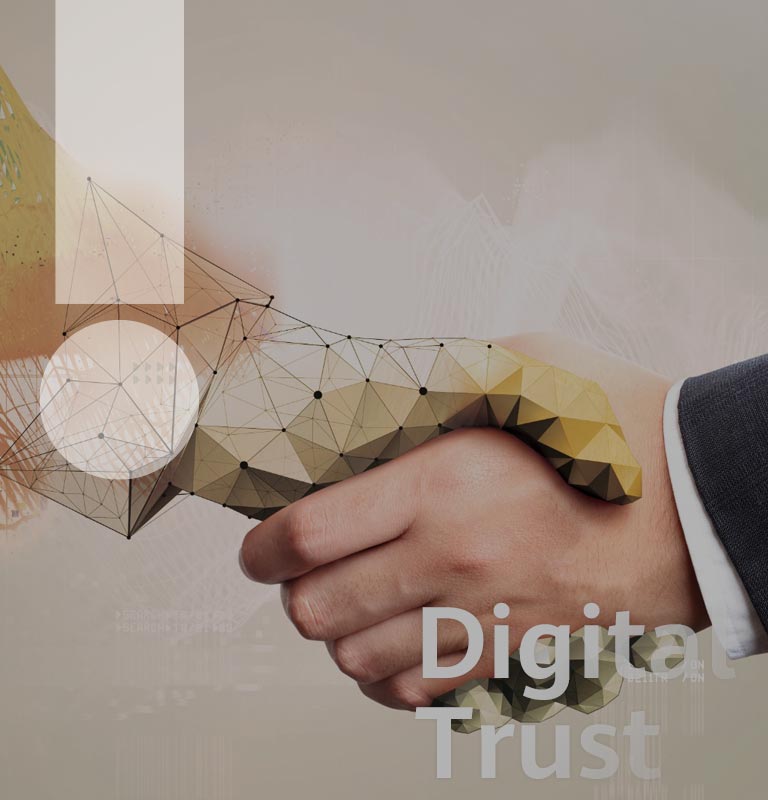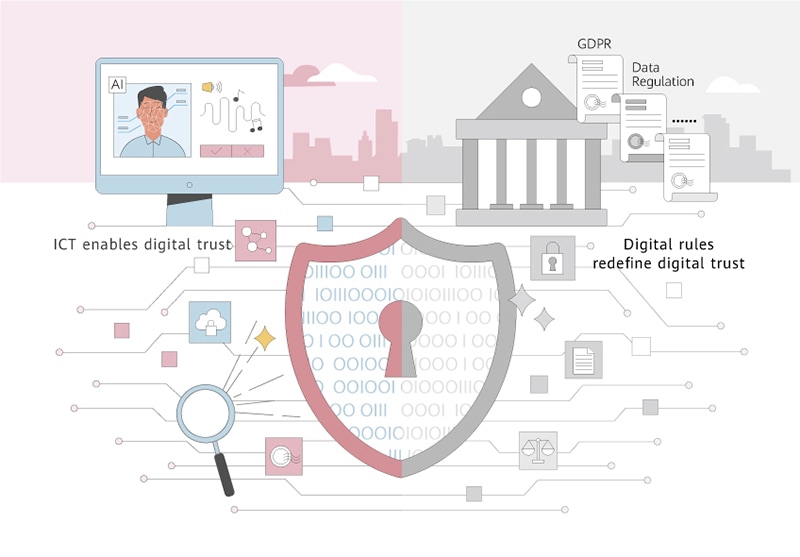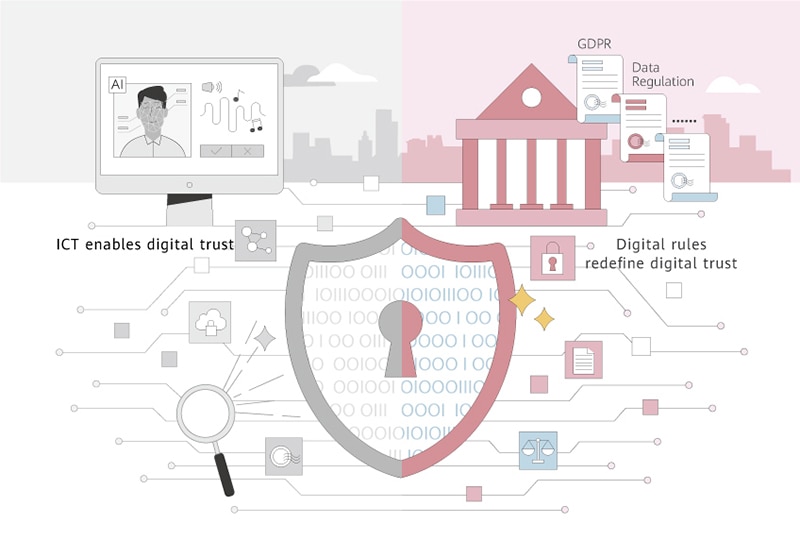-
Corporate -
Corporate news and information
-
Consumer -
Phones, laptops, tablets, wearables & other devices
-
Enterprise -
Enterprise products, solutions & services
-
Carrier -
Products, solutions & services for carrier networks
-
Huawei Cloud -
Cloud products, solutions & services
Select a Country or Region
-
Australia - English -
Brazil - Português -
Canada - English -
China - Simplified Chinese -
Europe - English -
France - Français -
Germany - Deutsch -
Ireland - English -
Italy - Italiano -
Japan - Japanese -
Kazakhstan - Қазақ тілі -
Kazakhstan - Pусский -
Kenya - English -
Korea - 한국어 -
Malaysia - English -
Mexico - Español -
Mongolia - Mонгол -
New Zealand - English -
Netherlands - Nederlands -
Poland - Polski -
Romania - Română -
Russia - Pусский -
Singapore - English -
South Africa - English -
Spain - Español -
Switzerland - Deutsch -
Switzerland - Français -
Switzerland - Italiano -
Switzerland - English -
Thailand - ภาษาไทย -
Turkiye - Türkçe -
Ukraine - Українська -
United Kingdom - English -
Uzbekistan - Pусский -
Uzbekistan - O’zbek -
Vietnam - Tiếng Việt -
Global - English















